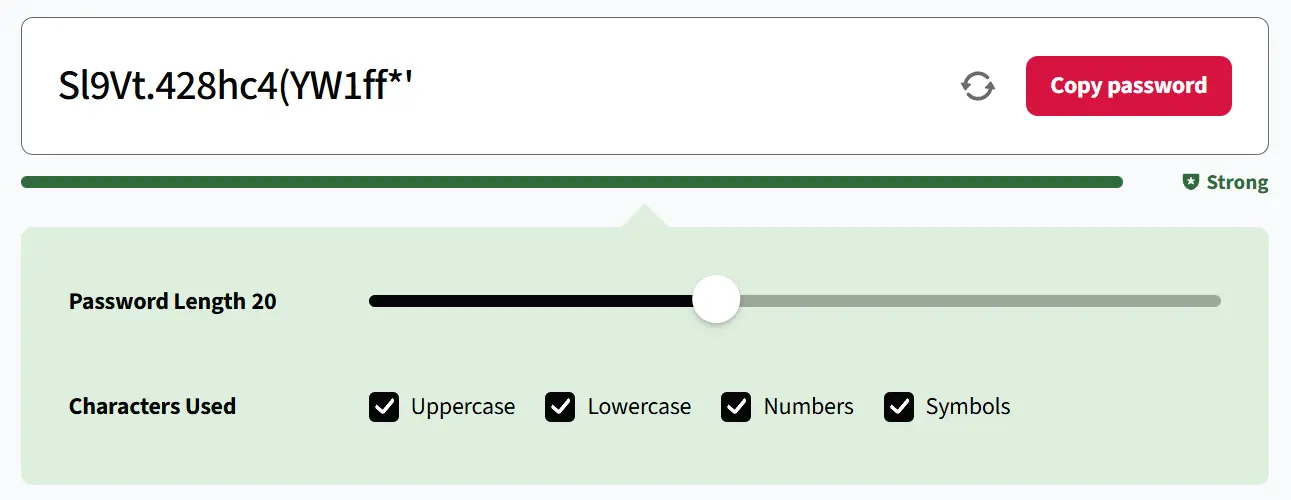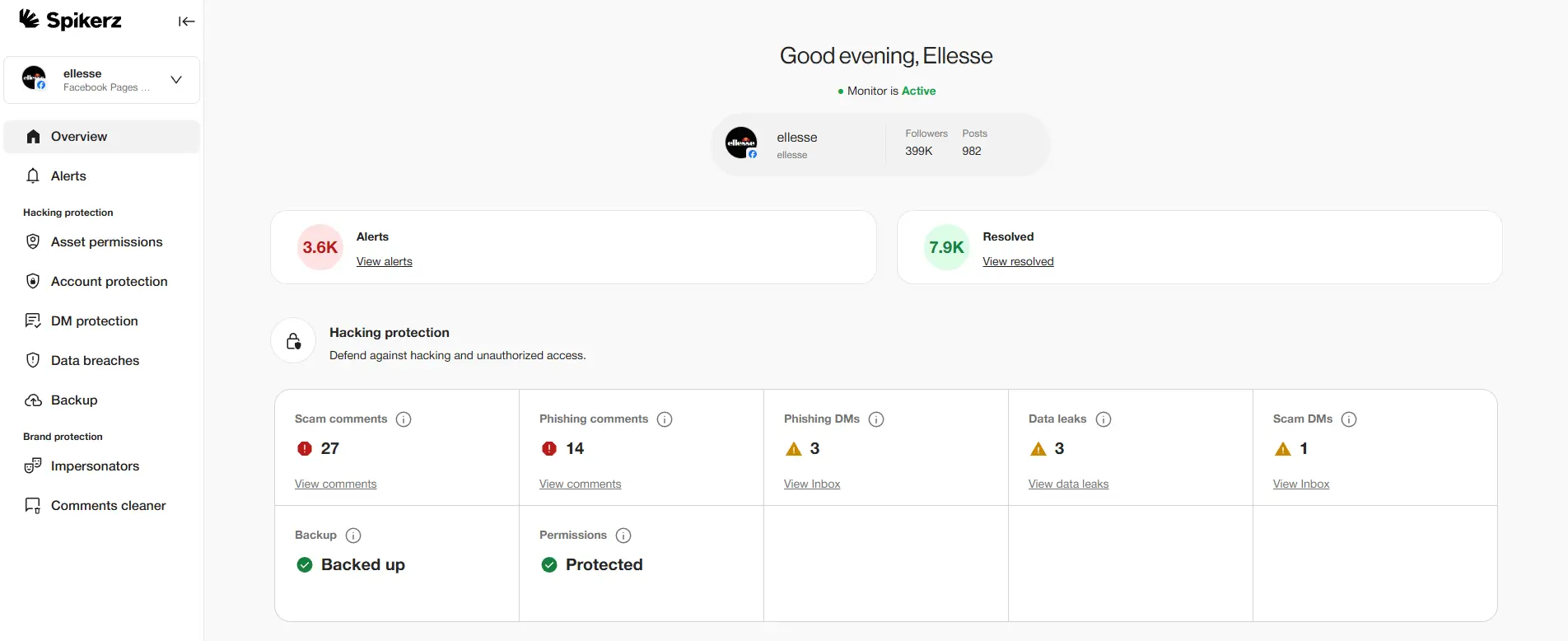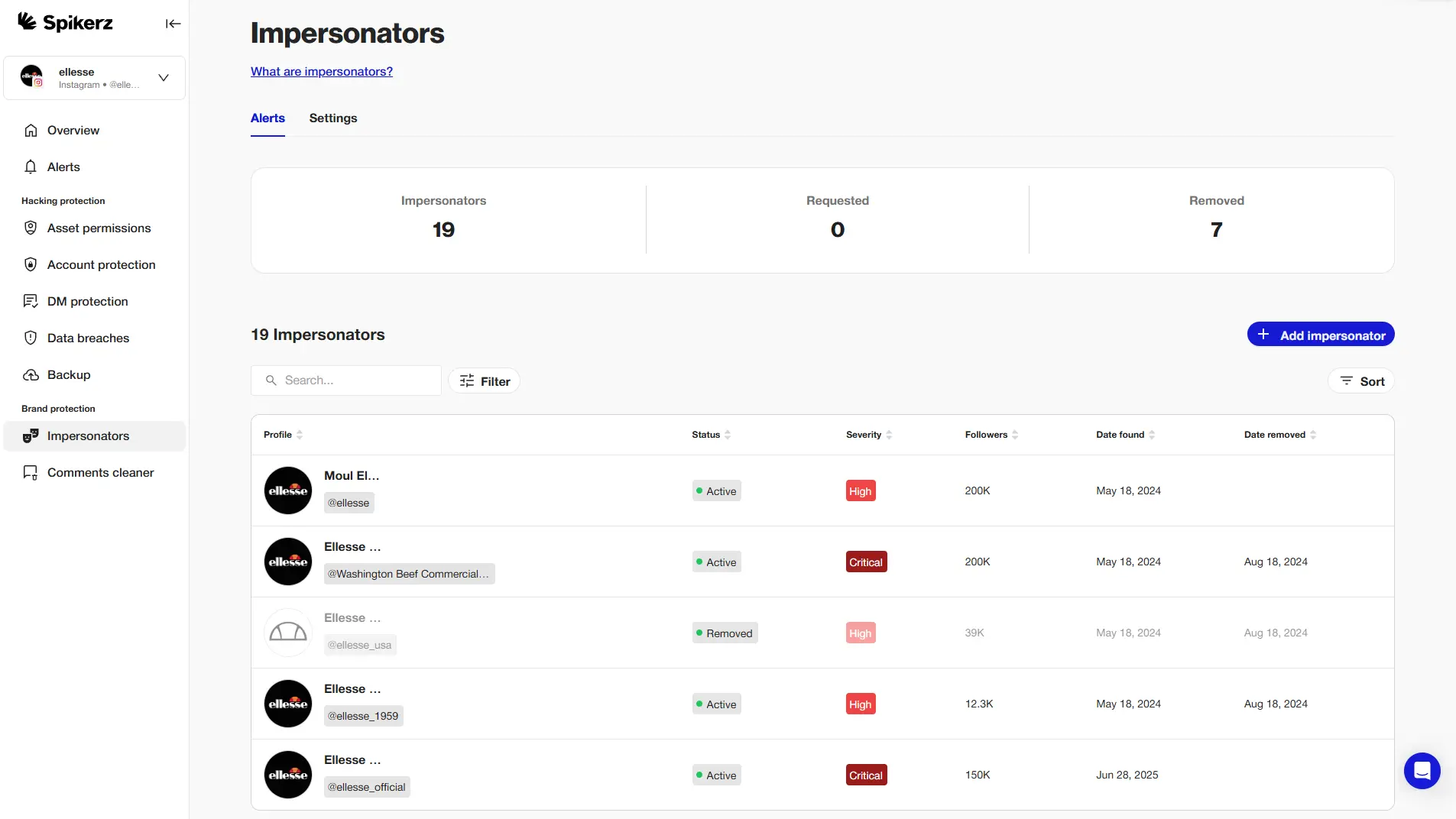Top 5 Social Media Safety Threats & How to Prevent Them
Top 5 Social Media Safety Threats & How to Prevent Them
Social media threats have exploded over the past four years. What started as occasional phishing attempts has turned into an ecosystem of cyberattacks targeting businesses of every size.
Phishing attacks alone have surged massively since ChatGPT launched in 2022. And account takeovers now compromise 1.4 billion social media accounts monthly. These are real businesses losing real money, reputation, and customer trust.
Your company's social media presence isn't just a marketing channel anymore. It's a perfect target for cybercriminals who understand that hijacking your brand's voice gives them direct access to your most valuable asset: your audience.
In this post, we'll break down the five biggest social media safety threats facing businesses in 2025, explain exactly how each one works, and show you practical steps to protect your accounts before it's too late.
Threat #1: Having A Weak Password
Weak passwords are a serious issue for social media safety because they make it easy for cybercriminals to gain access to accounts. Once inside, attackers can steal personal information, send spam or scams, and impersonate the account owner.
Passwords are your first layer of security. If they're weak like using "12345" or a name, it increases the risk of account takeover, identity theft, and data breaches. Another risk factor is people reusing the same password across platforms, which means if one account is compromised, then others can quickly follow.
For businesses, the effect is even bigger. A hacked social media account can damage the brand's reputation, cause customers to lose trust, and potentially lead to legal or financial consequences.
Take this example. In 2023, a UK-based transport company, KNP, fell victim to a cyberattack. Hackers locked them out of their systems and demanded a ransom. The company couldn't afford to pay, lost access to all data, and went out of business. While this attack didn't happen through social media, it's a clear reminder of what can happen when your digital security isn't strong enough.
Solution: Create Strong, Random Passwords

Creating unique, strong, long passwords is key if you want to keep your social media accounts secure. The longer and more complex your password is, the harder it is for hackers to guess or crack it.
Strong passwords help prevent unauthorized access, data theft, and other malicious activities like impersonation or fraud. More specifically, a strong password protects you from brute-force attacks, where hackers use software to try every possible combination until they get in. Every additional character you include in your password makes these attacks significantly harder. That's why you should use passwords that are at least 14 characters long (20+ is ideal).
To create a strong password, combine uppercase and lowercase letters, numbers, and special characters. Avoid using dictionary words or personal information. And most importantly, don't reuse passwords across different accounts. As we mentioned above, reusing the same password means that if one account is compromised all your accounts are at risk.
Threat #2: Relying Only On Passwords
Trusting only on passwords for social media safety is a problem because passwords can be stolen, guessed, or exposed in data breaches. Hackers use common tactics like phishing to trick you into giving up your login credentials. They also buy leaked credentials from past breaches and use them to access accounts.
If you reuse the same username and password across multiple platforms, you're at even greater risk. Once an account is compromised, attackers can try the same login on other accounts you own, making reusing passwords a major security mistake.
Even if hackers only have your username, they can use software to guess your password through brute-force attacks. If the platform doesn't have protections in place, like rate-limiting or lockouts, brute-force can work.
Solution: Enable Two-Factor Authentication (2FA)
.webp)
One of the most effective ways to improve your social media security is to enable two-factor authentication (2FA). Even if a hacker manages to get your login credentials, they still won't be able to access your account without a second form of verification.
2FA works using two forms of identification, usually something you know (password) and something you have (code from an app or text message), making it much harder for unauthorized users to get into your account and helps protect your personal information, even during phishing attempts or data breaches.
There are two main types of 2FA:
- Regular 2FA
- 2FA for teams
Regular 2FA is typically used by individuals. It protects single-user accounts via sending a verification code through SMS, email, or an authenticator app.
On the contrary, 2FA for teams is built for businesses and creators who manage social media with multiple people. It allows you to securely give access to team members from a central dashboard. You can monitor who has access, approve or remove users instantly, and avoid the hassle of constantly sharing verification codes.
Both options significantly reduce the risk of unauthorized access. To back this up, a report from Microsoft found that 2FA blocks 99.9% of automated attacks, making it a critical tool for protecting both personal and business accounts.
Threat #3: Account Takeovers
An account takeover happens when a cybercriminal gets unauthorized access to your social media account and takes control of it. The reason for them to get into your account is often to steal your information, ransomware, spread malware, or misuse it for other harmful activities.
This is a serious issue for social media safety because attackers use your real identity and trusted relationships to deceive others. Since the activity comes from a legitimate account, it's more likely that your followers or contacts will fall for scams or click on malicious links.
Hackers usually get in through stolen credentials that they collect through phishing attacks, data breaches, or reused passwords. Once they're in, they can send fake messages, access private information, and even change your login details so you're permanently locked out.
Solution: Use A Social Media Security Tool

Social media security tools protect your accounts against takeovers, and the way they do it is by monitoring them for suspicious activity, blocking unauthorized access, and alerting you to potential threats in real time. They act as an extra layer of defense that goes beyond just passwords and two-factor authentication.
They can detect things like unusual login locations, changes in account behavior, or attempts to post unauthorized content. Some tools also help manage team access, so only approved users can make changes or post on behalf of a brand.
A good example of this is Spikerz. It's a social media security platform that's designed to protect creators, brands, and agencies from threats like account takeovers. Spikerz continuously monitors your accounts, flags suspicious activity, and provides real-time alerts so you can respond quickly.
It also has capabilities for access control, uses threat intelligence as part of its security framework, and uses automated systems to help stop attacks before they can cause any damage.
Threat #4: Phishing Attacks
Phishing attacks are attempts to trick users into giving away sensitive information like usernames, passwords, or verification codes. Once attackers have that information, they can take over accounts, impersonate users, and cause serious damage.
Phishing is especially dangerous on social media because it often looks like it's coming from a trusted source like a friend, follower, or verified brand. Attackers send fake messages, links, or login pages that look real, hoping someone will fall for it. And once they get in, they can post harmful content, steal private messages, scam your followers, or lock you out of your own account.
These threats are not rare. In fact, phishing attacks have increased by 49% since 2021, largely due to the rise of blackhat AI.
And there's more proof that phishing has become a huge problem. For instance, the total volume of phishing attacks has surged by 4,151% since ChatGPT launched in 2022, according to SOC Radar. Additionally, 65% of phishing attacks target organizations, and 90% of malicious attachments in phishing emails lead to further social engineering tactics.
Also, according to Verizon's 2024 DBIR, the human element is involved in 68% of security breaches, and up to 95% of those start with phishing, based on the Comcast Business Cybersecurity Threat Report.
As you can see, these numbers show just how widespread and effective phishing is, especially on social media.
Solution: Train Your Team To Recognize Them
Training your team to recognize phishing attempts is one of the most effective ways to reduce the risk of social media attacks because threats are constantly evolving, so your security measures and your team's awareness need to keep up.
Many employees aren't fully aware of the risks involved in using social media for business. They might accidentally click on fake links, fall for impersonation attempts, or share sensitive information without realizing the consequences. These small mistakes can open the door to account takeovers and data breaches.
That's why regular, targeted training is essential. It helps your team identify common phishing tactics, understand what suspicious activity looks like, and helps you respond appropriately.
When employees are well-trained, they stop being the weak link in your security and become an active line of defense. A strong human firewall makes your organization more resilient and much less likely to fall victim to social engineering or phishing-based attacks on social media.
Threat #5: AI Impersonations
AI impersonation is a form of digital identity theft where someone uses artificial intelligence to create fake profiles that closely resemble real people or businesses. Impersonators use AI-generated images, videos, or even voice recordings to make the fake accounts look and sound legitimate. The goal is to trick people into thinking they’re interacting with a trusted source.
On social media, this often shows up as AI-powered fake accounts sending followers fake messages, harmful links, or fake promotions. Unlike traditional impersonation, AI-driven scams are much harder to spot because the content feels much more authentic; the voice sounds right, the photo looks legitimate, and even video calls can be faked with deepfake technology.
A growing concern is AI-enhanced whaling attacks. These are targeted scams where attackers impersonate executives like CEOs or CFOs. Using voice cloning or deepfake videos, scammers can pressure employees or partners into handing over sensitive information or approving fraudulent transactions, believing the request came directly from leadership.
But AI impersonation doesn’t just target individuals; it also targets brands. Scammers now use AI to generate realistic logos, emails, and customer service interactions that mimic trusted companies almost perfectly.
For example, in 2023, Best Buy/ Geek Squad was the most impersonated brand in the U.S., showing up in over 52,000 fraud reports, followed by Amazon with 34,000 reports. While those reports don’t specify whether AI was used in every case, the rise of AI-powered tools means many of these scams are likely being enhanced with AI.
Solution: Social Media Monitoring

Social media monitoring is one of the most effective ways to protect your brand from AI impersonations. These tools constantly scan platforms for suspicious activity, helping detect and stop threats before they become huge problems. That includes fake profiles, stolen content, and unauthorized use of your brand assets and copyright.
Monitoring tools help businesses stay alert to accounts using their logos, names, or branding in misleading or harmful ways. They also track mentions of your company, executives, or trademarks in suspicious contexts, which gives you the chance to act quickly and protect your reputation.
Spikerz is a great example of how this works. It helps businesses monitor social media for impersonation attempts, brand asset abuse, and content theft. Spikerz scans platforms for fake accounts, unauthorized posts using your branding, and potential misuse of your identity. It also provides real-time alerts so you can respond immediately and take action before serious damage is done.
Apart from impersonation protection, Spikerz offers:
- Complete content archiving to make sure you never lose valuable posts and stories.
- Continuous monitoring for data breaches and unauthorized access.
- Advanced bot and spam detection to preserve your audience quality.
- Proactive phishing prevention to guard against fraudulent activities.
- Shadowban prevention with actionable recommendations to maintain your reach.
In short, tools like Spikerz give brands better control over their presence and help reduce the risks that come with AI-driven impersonation and other social media threats.
Conclusion
Social media security is no longer optional but essential for business continuity. The threats we covered aren't hypothetical scenarios that might happen someday. They're happening right now to businesses just like yours, every single day.
Think about it this way. You wouldn't leave your physical store unlocked overnight, so why leave your digital presence exposed?
The real question isn't whether you'll face these threats; it's whether you'll be ready when you do. Every solution we've discussed builds another layer of protection around your brand.
Start with the basics, then add more sophisticated defenses as you grow. Your business, your reputation, and your customers deserve nothing less.

.webp)

